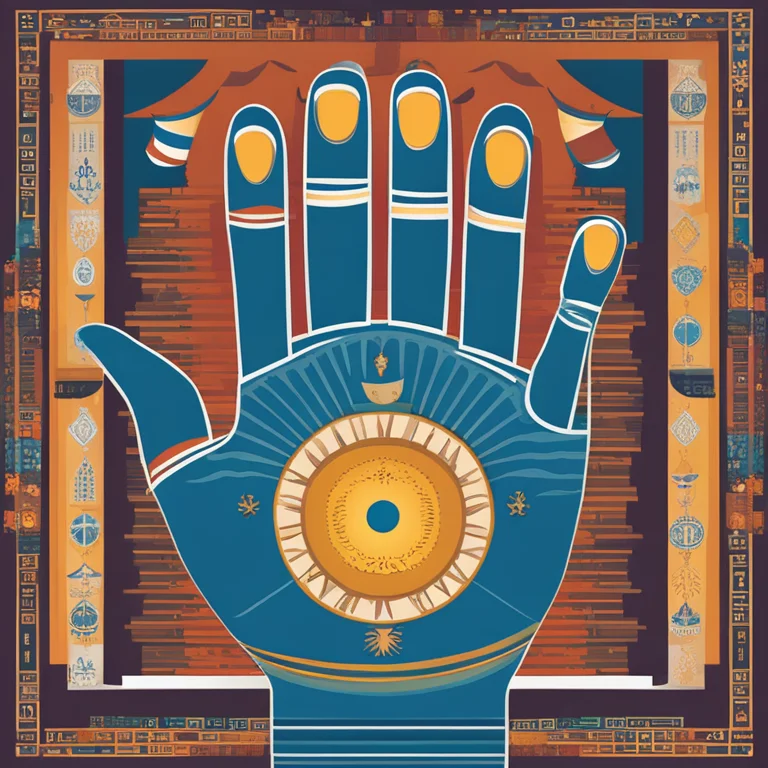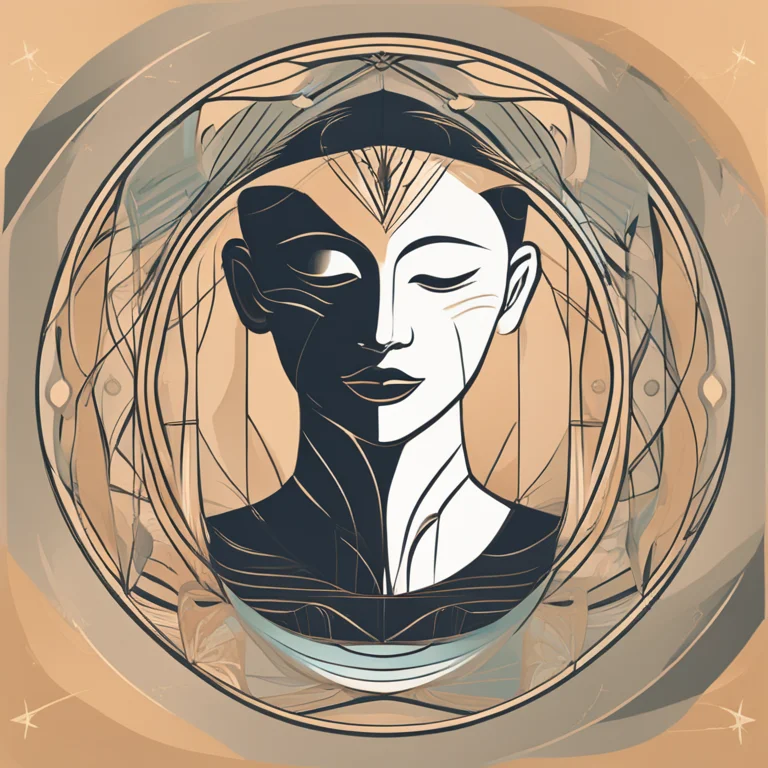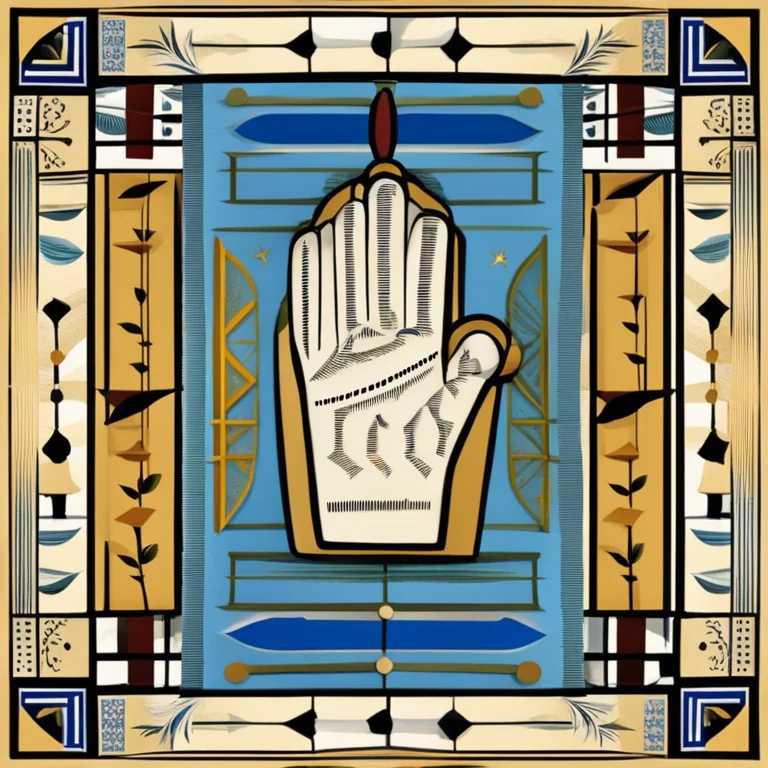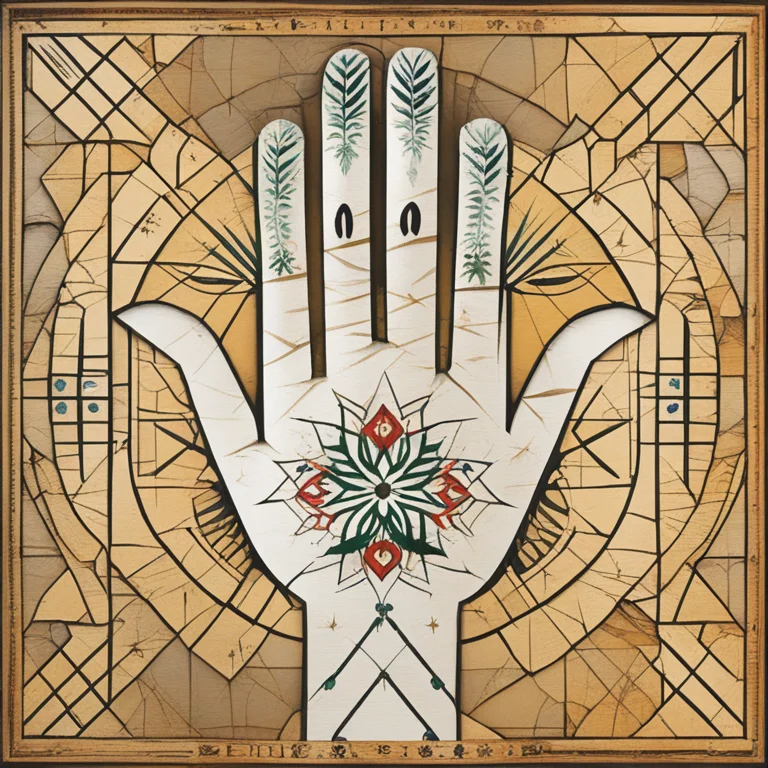
The Origins of Palmistry Discovered
Delve into the ancient roots of palmistry to discover its enigmatic origins and historical journey across cultures worldwide.
article by Nora Pennington
Introduction to Palmistry
The practice of palmistry, also known as chiromancy, involves the study of palms to interpret personality traits and predict future events. It is a form of divination that has intrigued humans for millennia, offering insights into one's character, love life, career, and overall destiny based on the lines and features of the hand. The art of palmistry is a complex system with a storied past, deeply intertwined with human history. Current interest in palmistry remains strong, reflecting a continuous fascination with the metaphysical and a desire to understand the interconnectedness of life and fate.

Historical Beginnings
The origins of palmistry are shrouded in mystery, but it is believed to have begun in ancient India. From there, it spread to China, Tibet, Persia, Egypt, and Ancient Greece. The earliest texts on palmistry were found in the Indian subcontinent, where it is still widely practiced as a part of Vedic astrology. The earliest known work on palmistry, "The Teachings of Valmiki Maharshi on Male Palmistry", is a Sanskrit text attributed to the sage Valmiki, composed several thousand years ago. As the study of hands evolved, it intermingled with astrology and became a part of holistic spiritual teachings.

Cross-Cultural Expansion
Palmistry was not confined to the Indian subcontinent; it made its way to China and Egypt, where it was similarly received with a unique cultural touch, integrating with existing beliefs. For example, Chinese palmistry developed its distinct method influenced by Chinese philosophies such as Feng Shui and the I Ching. In Egypt, palmistry was practiced by priests and believed to be a divine method of understanding one's path through the markings bestowed by the gods.

Greek Philosophical Influence
The practice of palmistry eventually reached the intellectual circles of Ancient Greece where it found a prominent advocate in the philosopher Anaxagoras. He helped palmistry gain acceptance among the Athenian scholars, with none other than Aristotle taking interest. Aristotle's fascination is noted in his writings, which mention that the lines of the hand have the potential to reveal the traits of the psyche. Alexander the Great was said to have evaluated his officers by reading their palms, emphasizing the importance of palmistry in leadership and decisions of governance.

The Middle Ages and Beyond
The Middle Ages saw a decline in the practice of palmistry, often associated with witchcraft and the occult, it faced opposition from the Christian Church. However, palmistry survived through secret societies and the interest of mystics. In the subsequent Renaissance period, a revival occurred as a renewed interest in science and the humanities saw palmistry studied under the lens of empirical observation and analysis. By the 19th and 20th centuries, palmistry became popular in the western world, with notable figures like William John Warner, also known as Cheiro, bringing it into the public eye.
Modern Palmistry
In modern times, palmistry has been embraced by a new generation of enthusiasts, eager to explore the wisdom of the past with a contemporary perspective. Technological advances and the prevalence of information sharing have contributed to a resurgence of interest in palmistry. Participants now utilize digital resources, online forums, and software to study handprints, make predictions, and understand the nuances of the lines and shapes found on their palms. This timeless art continues to evolve, merging traditional techniques with innovative approaches, ensuring its relevance in the modern spiritual landscape.
Published: 1/11/2024
Modified: 1/12/2024
More predictions
Come back here soon to learn more about yourself and your future


The Secrets of the Jupiter Mount & Palmistry
Discover the significance of the Jupiter Mount in palm reading and how it reflects your leadership and ambition.


Palm Lines: A Guide to Your Hands' Secrets
Learn the art of reading palm lines with our straightforward guide. Discover what your hands reveal about your personality, destiny, and life!